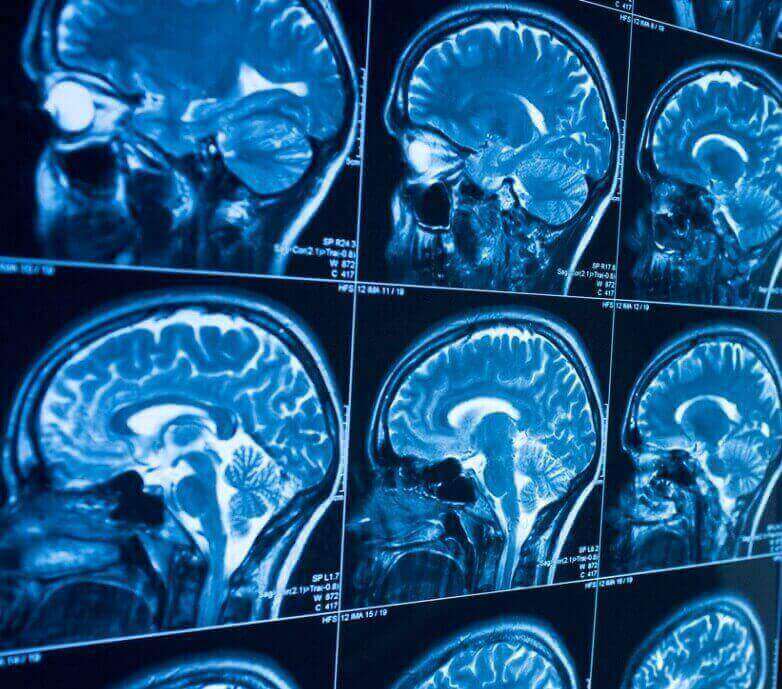Therapy options for stroke victims in the United States
In the United States, there are a number of therapies available to treat physical as well as cognitive complaints in victims of ischaemic stroke. However, neurorestorative therapies do not exist.
The standard prognosis for individuals who have survived an ischemic stroke is that ten to fifteen percent will recover completely, which means that 85% to 90% will have some long-term physical and/or cognitive impairment.
There is a short-term healing process immediately after a stroke event. Unfortunately, recovery tends to level out between three and six months. At that time, the individual needs to accept the limitation of their impairment. To be blunt, the rate of recovery slows dramatically. Therapy becomes more of a maintenance activity than a healing process.

To start, let’s define what neurorestoration means for individuals who have had an ischemic stroke. They will have cognitive, motor or sensory impairments caused by an infarct in the brain. Neurorestoration is the partial restoration of the neural cells and cell networks that were damaged by the stroke event. It is an endogenous process which means that it is internal and part of our healing process. Neurorestoration takes time because it is a natural process of regenerating neural networks along the penumbra, next to the damaged brain. We are talking about growing brain cells or neurogenesis.

How do you do that when you have just experienced the worst day of your life? There is no escaping the immediate effects of a stroke. How can you defend yourself from the cascade of cell death, cytotoxic events, edema, blood-brain disruptions, inflammation and the truly raw fear that you may have experienced during your stroke?
Why is cord blood the best choice for treating an ischemic stroke?
Clinical researchers think they have found a new neurorestorative paradigm that will defend you. Imagine that hours after your stroke you received a cord blood infusion containing donated (allogeneic) stem cells.
The chart below illustrates what could occur theoretically when a cord blood-based treatment is used to initiate neurorestoration for an ischemic stroke survivor. When cord blood is infused hours after an ischemic stroke, many of the cytotoxic events caused by the stroke can be modulated. Damaged cells located along the penumbra of the infarct will benefit from the restorative effects of stem cells. Progenitor cells can begin the process of differentiating and growing new nerve cells; they can initiate vascular repair to supply blood to the new cells.
Neuroprotection in the first hours will help stabilize the area so the pluripotent and progenitor stem cells can allow neurogenesis and angiogenesis to begin. Cell by cell, vein by vein, astrocyte by astrocyte over the next few weeks and months your body will partially mend itself, and through the adaptability of plasticity create a healthier brain.
Will everyone fully recover? No one can make that promise. The objective that clinical researchers are striving for is to create a neurorestorative paradigm that takes recovery further for stroke victims over the long-term. If you have suffered an ischaemic stroke and are looking for neurorestorative therapy, you will find it in Germany: At CBC Health, we offer this type of therapy after a stroke.



